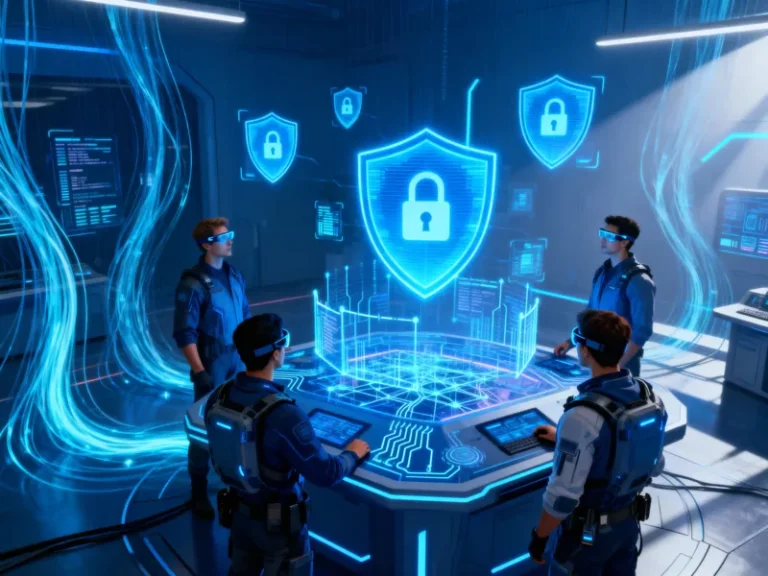In cybersecurity, attackers may steal the spotlight, but defenders hold the line. Red Teams, hackers, and cybercriminals draw attention with their audacious moves, but defense is where the real battle is won. Behind the scenes, the Blue Team stands as the silent guardian, the group tasked with detecting, responding, and neutralizing threats before they become disasters. Their work may not be flashy, but it is relentless, requiring constant vigilance, technical mastery, and strategic foresight. Without Blue Teams, even the strongest cybersecurity tools are little more than shields left unattended.
The Core Mission of a Blue Team
At its heart, the Blue Team’s mission is to protect. This goes far beyond responding to alerts; it involves building layered defenses, monitoring systems around the clock, and developing proactive strategies that keep organizations one step ahead of attackers. A Blue Team doesn’t wait for trouble to appear. Instead, it hunts for anomalies, strengthens weak points, and ensures that security is not just a perimeter, but a culture embedded throughout the business. Their role is comprehensive, covering people, processes, and technology to create true resilience.
Key Functions of a Blue Team
To understand their importance, it is worth examining the scope of Blue Team responsibilities. Each function feeds into the others, forming a cycle of continuous improvement that hardens defenses over time. Their work covers multiple layers of defense, demanding technical and analytical precision:
- Threat Monitoring & Detection → Constantly scanning networks, logs, and systems for signs of compromise.
- Incident Response → Containing and mitigating attacks swiftly to minimize damage.
- Forensics & Investigation → Tracing how breaches occurred and ensuring attackers are locked out for good.
- Vulnerability Management → Identifying weaknesses and patching them before adversaries exploit them.
- Awareness & Training → Educating employees so that security awareness becomes a company-wide responsibility.
Strategic Value of Blue Teams in Modern Security
Beyond technical defense, Blue Teams hold strategic importance. They provide executives with real insights into risk exposure, compliance readiness, and security posture. Their reports influence investment decisions, guiding where budgets should be allocated for maximum impact. They also safeguard reputation; a single overlooked breach can erode years of customer trust, while a strong Blue Team ensures confidence in digital operations. In this way, Blue Teams are not just IT defenders but business enablers, ensuring organizations can innovate and grow securely.
Challenges Faced by Blue Teams
Yet, being on the defensive side comes with constant pressure. Blue Teams must contend with alert fatigue, where endless notifications blur the line between real threats and false alarms. They face adversaries who evolve daily, deploying new techniques, tools, and strategies. Resource constraints are another hurdle; defenders often must do more with less, balancing limited manpower against vast attack surfaces. Despite these challenges, Blue Teams remain the backbone of security, embodying the principle that defense, while demanding, is the ultimate determinant of survival.
Cybersecurity may celebrate the daring simulations of Red Teams, but true safety lies in the steady vigilance of the Blue Team. They are the guardians who protect critical assets, maintain resilience, and safeguard trust in a digital-first world. For organizations seeking to empower their defenders, Terrabyte provides advanced cybersecurity solutions that strengthen Blue Team capabilities across ASEAN. By equipping defenders with the right tools and strategies, businesses can turn their Blue Teams into unstoppable guardians, ensuring security is not just a reaction, but a continuous state of readiness.




